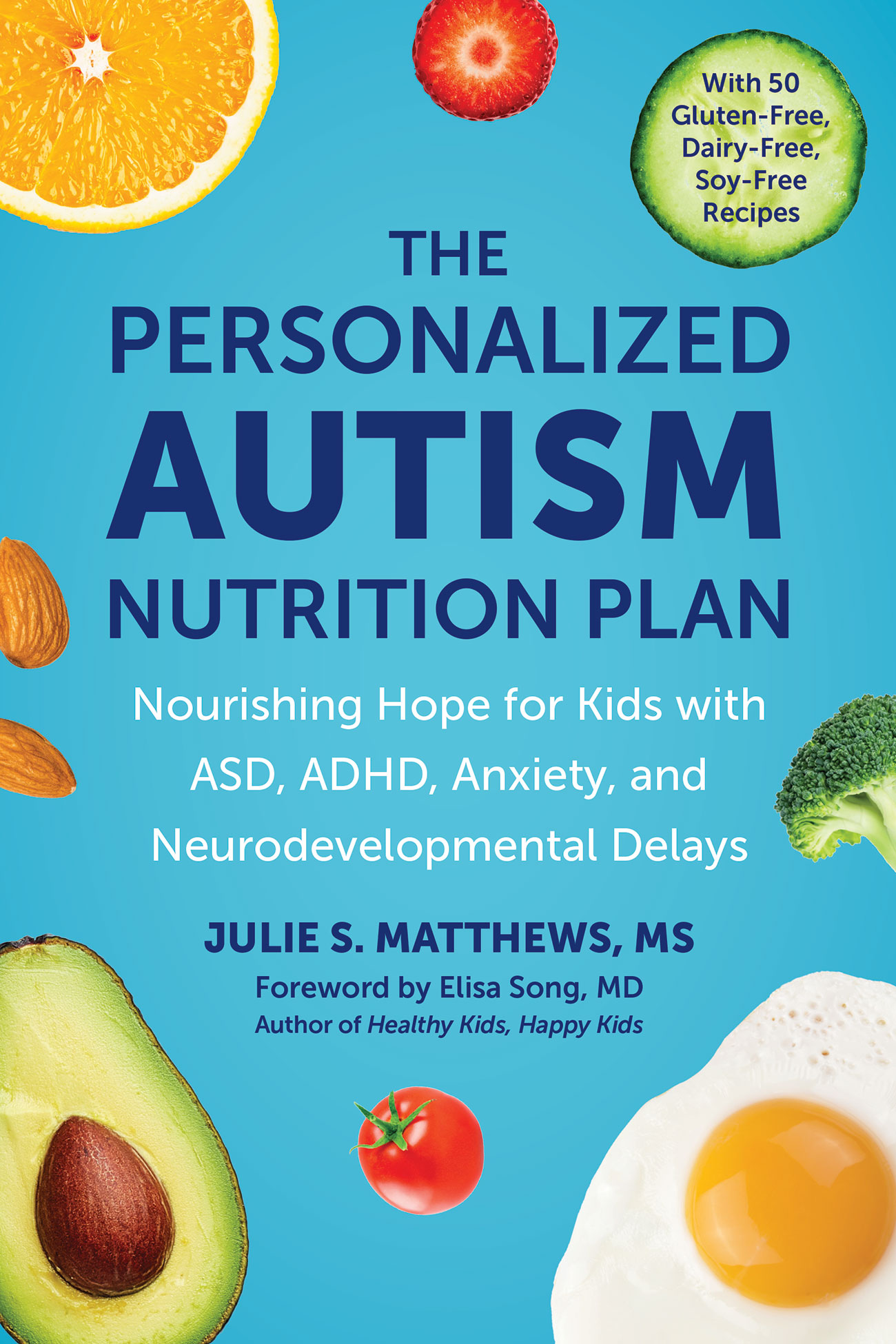Weston A. Price was a dentist in the 1930s and 40s who was very interested nutrition and health. He studied indigenous cultures around the world before globalization to see whether there was a connection between nutrition and health. He tried to discover what the culture had in common to keep the people healthy. While there were cultures that ranged from mostly plant foods to exclusively animal foods, he did not find an exclusively plant eating (vegan) group. All cultures had learned that the more balanced diets, of some animal and some plant food, were the healthiest. Visit the Price-Pottenger Nutrition Foundation to learn about the work and discoveries of Dr. Price.
Sally Fallon popularized Weston A. Price’s work with her wonderful book, Nourishing Traditions – she founded the Weston A. Price Foundation. This diet (NT/WAP) uses Price’s findings as a foundation for healthy eating. As Price lived in the time where food additives and processed foods were just coming into the food supply and before most indigenous cultures were influenced by “modern commerce,” he was able see the effects of modern diet versus the traditional cultures’ diets. It was an important observation that is not available today. We are very fortunate he observed and recorded this information. This was also a time when farming and animal husbandry animals used natural, sustainable techniques – not used in today’s commercial farming. The Weston A. Price foundation and many small family farms are promoting a return to this way of farming and living that supports the health of the animals, the people who eat them, the land, and our future. In addition to producing food of the highest nutritional quality, the Nourishing Traditions/Weston A. Price diet includes a focus on:
Animal foods and fats such as eggs, butter and dairy, beef and other animal protein, that are all pasture-raised or grass-fed, and additional saturated fats such as coconut oil. A belief that saturated fat and cholesterol are good for health.
- Raw, unprocessed dairy products
- Soaking and sprouting grains, beans and seeds for increased digestibility and nutrient availability
- Stocks, broths, and nutrient-dense foods
- Lacto-fermented foods (not a finding of Price but a cultural consistency)
- Avoiding “foods of modern commerce” such as processed foods with additives, soy foods (unless traditionally fermented), and refined sugar
This diet is high in omega-3, saturated fat (animal fat and coconut oil), and cholesterol – substances that are important to a healthy brain. Often children (and adults) do well with a diet of 40% or more fat. Recommendations like this are unheard of in mainstream nutrition but very helpful for many. Fallon’s other book, Eat Fat Lose Fat, has great information on coconut oil. Mary Enig’s book, Know Your Fats, is another great book on fats.
The health benefits of many of these foods can be found in the Holistic Nutrition, Part 3, Step #7, Evolving the Diet: Nutrition Boosters.
When to use this diet: This is a nourishing diet that can be applied to any other diet someone is on. The Nourishing Traditions/WAP diet is great diet for brain, neurotransmitter and cellular function through the introduction of omega-3 and saturated fats. Implement any principles that will work – there is no “strict adherence” to this diet. The WAP diet is a wonderful diet for a pregnant mother.
Pitfalls: This diet is high in fat and can be problematic for those with gall bladder and fat digestion problems.
Clinical Experience: Many parents tell me they feel “nourished” while on this diet. They also report that their children often attend better in school and that the fermented foods aid digestion and reduce sugar cravings. Kids often love some of the fermented drinks such as kombucha and the fermented “sodas.” However, a colleague once had a gallbladder attack while on this this diet, it may have been too high in fat for her particular condition. The guidance of a qualified nutrition professional is always recommended.

